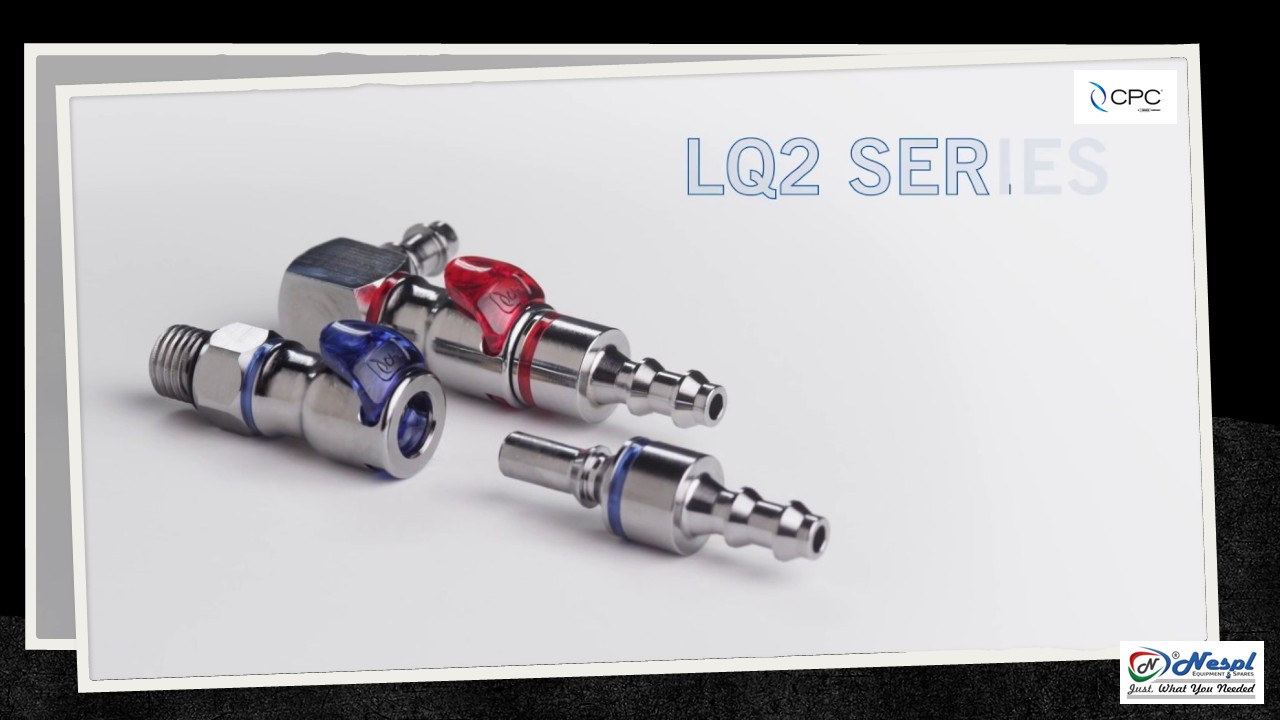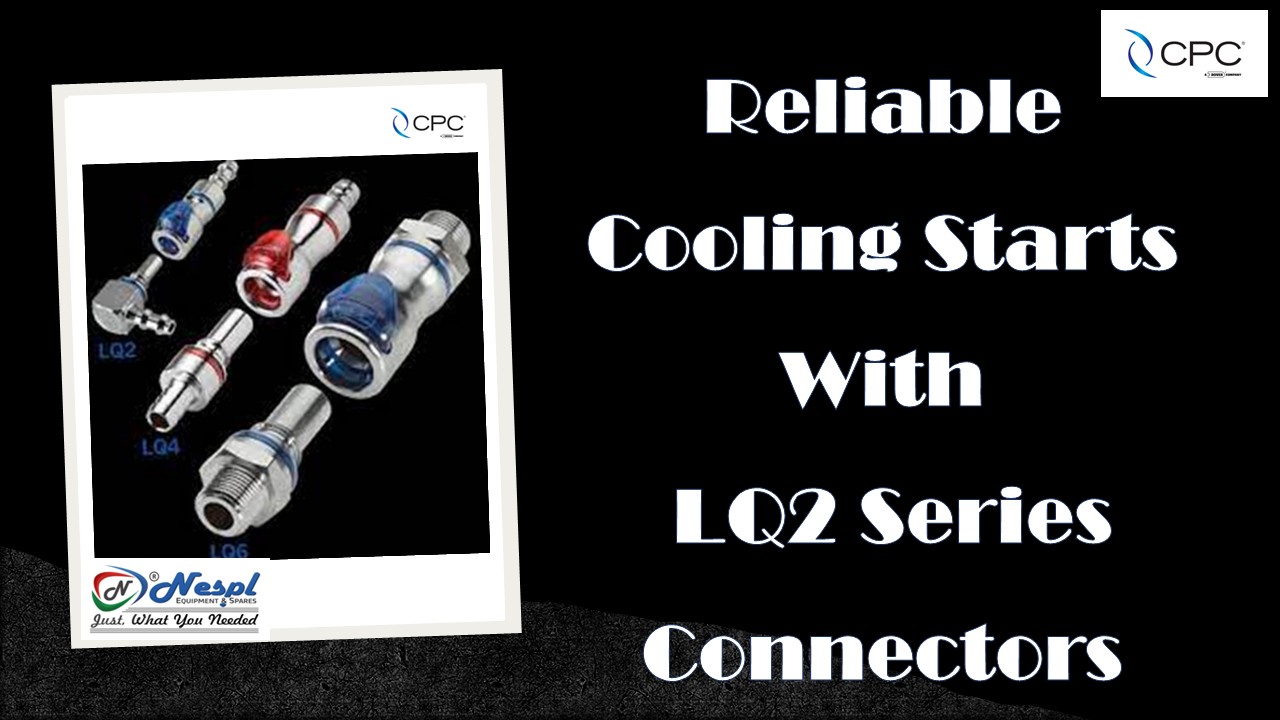In electronics and industrial automation, connectors are the unsung heroes that keep systems running smoothly. They ensure secure, efficient communication between devices, whether it’s sensors, control units, or power systems. Among the many options available, the LQ2 Series Connectors stand out for its durability, compact design, and versatility. However, choosing the right model for your setup requires more than just matching part numbers. Here’s a simple, step-by-step guide to help you make the right choice.
1. Understand Your Requirements
Before selecting any connector, start by clearly defining your setup’s needs. Ask yourself:
- Purpose: Are you connecting sensors, actuators, or control modules?
- Environment: Will the connector face dust, vibration, or moisture?
- Current & Voltage: What are the electrical ratings your system requires?
- Space Constraints: How much installation space is available?
By identifying these parameters early, you can narrow down your selection to LQ2 Series connectors that truly match your operating environment.
2. Choose the Right Connector Type
The LQ2 Series offers multiple configurations, each serving a specific purpose:’
- Straight Connectors: Ideal for simple, in-line connections.
- Angled Connectors: Perfect for compact spaces where cables need sharp bends.
- Panel-Mount Connectors: Provide a secure, fixed connection point on control panels or machinery.
Selecting the correct type ensures easier installation, cleaner cable routing, and less strain on cables over time.
3. Verify Pin Configuration
LQ2 Series connectors come in various pin counts and layouts, designed for both signal and power transmission.
To ensure compatibility:
- Match the pin number to your device’s interface.
- Check the pin assignment for power, signal, and ground.
- Always confirm with the product datasheet to prevent misconnection or damage.
Proper pin matching guarantees seamless communication between components.
4. Evaluate Environmental Resistance
If your setup operates in challenging environments, the connector’s resilience is crucial.
Look for:
- IP Ratings: IP65 or higher ensures resistance to dust and water.
- Temperature Range: Verify that the connector functions reliably under your system’s operating conditions.
- Material Strength: LQ2 Series Connectors are typically made from robust plastics or metals, choose one suitable for your application.
A connector with proper environmental sealing reduces downtime and extends equipment life.
5. Check Electrical Ratings
Safety and performance depend on matching the connector’s current and voltage capacity with your system.
Make sure your chosen LQ2 Series connectors:
- Supports your required current load.
- Matches your equipment voltage.
- Has adequate insulation to prevent short circuits or overheating.
Overloading a connector can lead to premature failure and potential hazards, so always double-check the specs.

6. Consider Ease of Installation and Maintenance
A well-designed connector should simplify your work. Look for features like:
- Secure Locking Mechanisms to prevent vibration-related disconnections.
- Cable Compatibility with your desired diameter and flexibility.
- Quick-Release Functionality for easier replacement and servicing.
Choosing connectors that are user-friendly ensures faster assembly and minimizes downtime during maintenance.
7. Balance Cost and Quality
While cost is always a factor, reliability should never be compromised. Investing in high-quality LQ2 Series Connectors reduces replacement frequency, prevents system failures, and ensures long-term performance. Prioritize durability and engineering quality over short-term savings.
Conclusion
Selecting the right LQ2 Series Connectors is about more than just pin count or price. It’s about understanding your system’s electrical, mechanical, and environmental requirements, and choosing a connector that supports long-term reliability.
By evaluating factors like connector type, pin configuration, environmental resistance, and ease of maintenance, you can build a system that performs efficiently and consistently.
Whether you’re upgrading an existing setup or designing a new system, the LQ2 Series offers the flexibility, performance, and durability that modern automation demands.
Must Visit to explore more: https://www.natronequipments.com/




